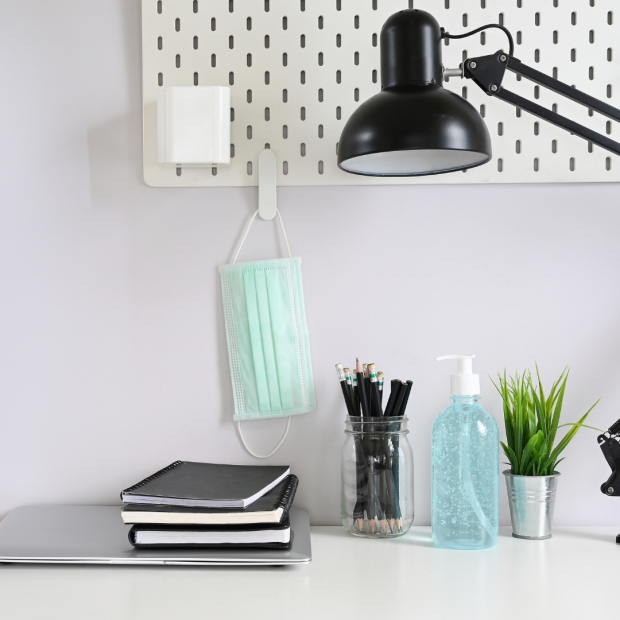The private office is the traditional workplace of CEOs, but they’ve become less and less ubiquitous as they’ve come to dominate leadership positions globally. This fall, a new section of the New York Times business section will document the decline of the private office and explore how this shift is occurring and what it means for the workplace going forward.
Office spaces are changing. So are their occupants. In the coming years, some will be reimagined to accommodate better the way we work; others will be completely transformed with new designs like resin panels, space dividers, etc., but with the same end goal of providing a healthy, productive work environment. So here is How Office Spaces Will Change Post-Covid
• reimagined the health and wellness
In the immediate aftermath of the crisis, the world’s biggest firms worked hard to show they were still relevant. While there has been little change in how companies operate in the decade since, the ways in which they help their employees are constantly evolving, driven by the latest innovations in technology, regulations, and employee demands.
The information age is upon us, and technology is on the rise. We can avoid sickness, and we can work from anywhere. We can communicate with our friends and family on a whim. But what about health? This past decade has shown that more and more of us are becoming unhealthy, and it’s not just the wealth and power of the rich that are damaging our waistlines. It’s also our gadgets, our lifestyle, our government, and more.
Over the last few years though, many companies have found solace with the advancement of technology, as it has brought new concepts such as virtual care and telemedicine into the business world. Employees can now get in touch with healthcare specialists through their everyday gadgets at any time of the day, not just in their 9-5 working hours, which might have also succeeded in making everyone more health conscious and concerned about their bodies. People looking to learn more about virtual care and telemedicine might find this to be a useful post to check out.
• Workers would like to have a private space in the office
Taken to the extreme, the office of the future could be a sort of elaborate convention centre packed with comfy chairs and even other contemporary office furnishings that you could find from the likes of office monster and other suppliers. Newer office environments may even offer gourmet food, private spaces, and allow people to work in pyjamas. At the heart of the discussion are futuristic conference centres that will be able to hold hundreds of people in a private setting. A conference centre in a skyscraper may seem like an extravagant idea, but it’s not. As the workplace trend continues to take hold, one of the benefits of bringing people closer to each other is that it encourages communication and collaboration. And, as the world becomes more connected, it just makes sense that in order to stay connected, we need to be close to each other-and one of the best ways to do that is to have a room where people can gather with others for events.
In the recent past, the office space was about making money, and you could only do that by working with the best people. The best people in the room were the most important, and they could only be found by working with the best companies. However, the world is changing, and the old ways of doing business are being challenged. Today, people are demanding that they get paid for the work they do, which means that companies have to meet or exceed the expectations of their clients: they need to create a space that equals the level of quality offered by the competition, and it needs to be as intriguing as it is functional.
The modern workplace is only as good as the people who work in it. Whether you work in an open office or a closed office, your productivity is only as good as the atmosphere you work in. With the corporate cubicle’s death, every organization has to re-examine its office layouts and bring in better ergonomic furniture (like the ones at https://serp.co/best/office-chair-for-back-pains/) to maximize productivity and minimize distractions.
There’s a lot of talk these days about the growth of coworking spaces, from research showing the average global worker is spending 24 hours per week at their desk to a recent high-profile conference on the topic that attracted thousands of attendees. These spaces are typically designed to mimic an office environment and offer amenities such as coffee, meeting rooms, Wi-Fi, and social networking. They’re essentially miniature companies built from the ground up, which is why they’re attracting so much attention. The worldwide recession has impacted every industry. From manufacturing, retail, construction to consumer electronics, the effects of the crisis are still being felt today. While many companies have shrunk their workforce, others have sought to increase their competitive advantage by expanding their infrastructure and search for office space.


